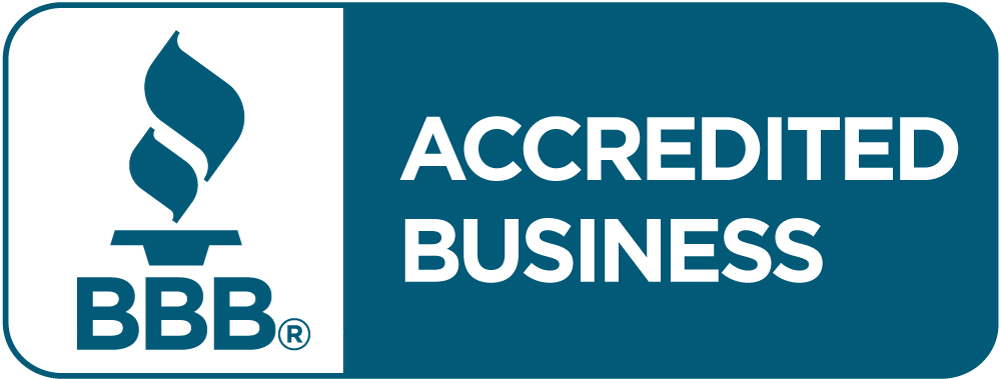Quick Links
ToggleDid you know 60% of small business owners worldwide report cash flow as a problem for their business? As a small business owner, being aware of your cash flow situation can be tricky, however, it’s vital to ensuring your long-term success.
After all, the amount of money coming into and going out of your business is a key indicator of your financial health. It determines if you can afford to continue to pay for operational costs, such as paying employees, purchasing inventory, and meeting other debt obligations. Plus, it allows you to plan for the future growth of your company, such as through business expansion or the launch of new product ranges.
Therefore, knowing how to calculate cash flows is a necessary skill for a business owner to have. Keep reading to learn about the different categories used to measure cash flow, as well as the cash flow calculation formulas you can use for your own business.
What Are Cash Flow Ratios?
In business, cash flow calculation formulas are used to determine cash flow ratios. The purpose of cash flow ratios is to compare a business’s cash flows to other elements of its financial statements, such as the income statement and balance sheet.
A cash flow ratio of less than 1 suggests short-term cash flow problems, as there are more current liabilities than cash and cash equivalents. Alternatively, a cash flow ratio higher than 1 indicates good financial health, as it signals the business has more than an adequate amount of cash flow to meet its short-term financial requirements.
If your company continues to operate without generating more cash than what is being spent, you will eventually run through all of your remaining cash reserves.
Free Cash Flow
Let’s start by looking at the most common way businesses measure their cash flow: free cash flow (FTC). Free cash flow is an essential measurement because it reveals how competent a company is at making cash. More specifically, however, it represents the cash available for the business to repay creditors, as well as pay out dividends and interest to investors.
To calculate your business’s free cash flow, add your current cash flow from operations and subtract your expenditures for capital investments. The free cash flow calculation formula looks like this:
Free Cash Flow = Sales Revenue – (Operating Costs + Taxes) – Any Capital Expenditures
Operating Cash Flow
Operating cash flow (OCF) is the amount of cash a company generates from its main operational activities, such as selling products or providing services to customers. It’s also referred to as net cash from operating activities.
This figure is expressed as a percentage of a company’s net operating cash flow to its net sales and reveals whether a company’s operations are sufficient enough to maintain or grow the business. If this cash flow calculation determines this isn’t the case, then additional financing requirements may be necessary.
To calculate operating cash flow, you can use the following formula:
Operating Cash Flow = Net Income + Non-Cash Expenses – Increase in Working Capital
Accounting Cash Flow
Accounting cash flow is another important cash flow measurement, which focuses on a company’s earnings before interest, taxes, depreciation, and amortization (when you pay off debt by regular payments over time). This figure is also referred to as EBITDA, standing for “earnings before interest, taxes, depreciation, and amortization”.
Accounting cash flow is used to evaluate and compare profitability among different companies and industries, as it excludes the effects of financing and capital expenditures.
If you want to work out your company’s accounting cash flow, you can perform one of the following two calculations:
EBITDA = Net Income + Taxes + Interest Expense + Depreciation & Amortization
or
EBITDA = Operating Income + Depreciation & Amortization
The formula you use will depend on whether you want to use your operating income or net income to perform this calculation.
Need a Boost in Cash Flow?
If your cash flow ratios are indicating that your business is under financial strain, help is available. Business financing can give you the boost of cash you need to cover cash flow shortfalls and help you take care of necessary operational costs.
Contact us at (714) 500-6622 to learn more about your options. You could qualify for up to $250,000 in just 24 hours.
View Options










